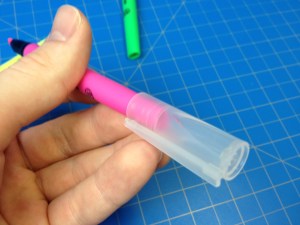For my foray into the medium of charcoal I wanted to try as many varieties as possible (generally how I treat every artistic venture I endeavor on) but had a limited budget. Fortunately, they sell “raw” charcoal at department stores these days, in the particular case under the Daler Rowney brand at Walmart. But how does this willow charcoal compare to some of the other charcoal products that I’ve used? Let’s take a look.

Inside the box, there are 3 bags, each containing sticks of similar size (the bags being for small, medium, and large) that are approximately six inches in length. Now, I haven’t used any other brand of willow charcoal specifically, so my comparisons here will be to the similar vine charcoal and to compressed charcoal. In that regard, it is more scratchy and harder than vine charcoal, putting down a less consistent black that isn’t quite silky smooth and which smudges to be a more pale gray. The benefit of this is that it erases fairly easily, either with a cloth or an actual eraser.

Beyond that, there isn’t much to mention about the sticks as there are many natural inconsistencies with products like this that take plant material and bake it. The sticks themselves are quite fragile, but that just requires some getting used to and many artists pre-break theirs before starting on a project (what’s left can effectively be turned into a shading dust).
So, despite being from a big-box store, this product is entirely serviceable for an inexpensive price (not that charcoal is particularly expensive in the first place). It’s easily accessible and gets the job done, even making a nice addition to the drawing kit as a lighter, more easily workable material for sketches or laying out a work. It isn’t my preferred type of charcoal, but for a beginner (and perhaps even an expert), it’ll be entirely serviceable.




















